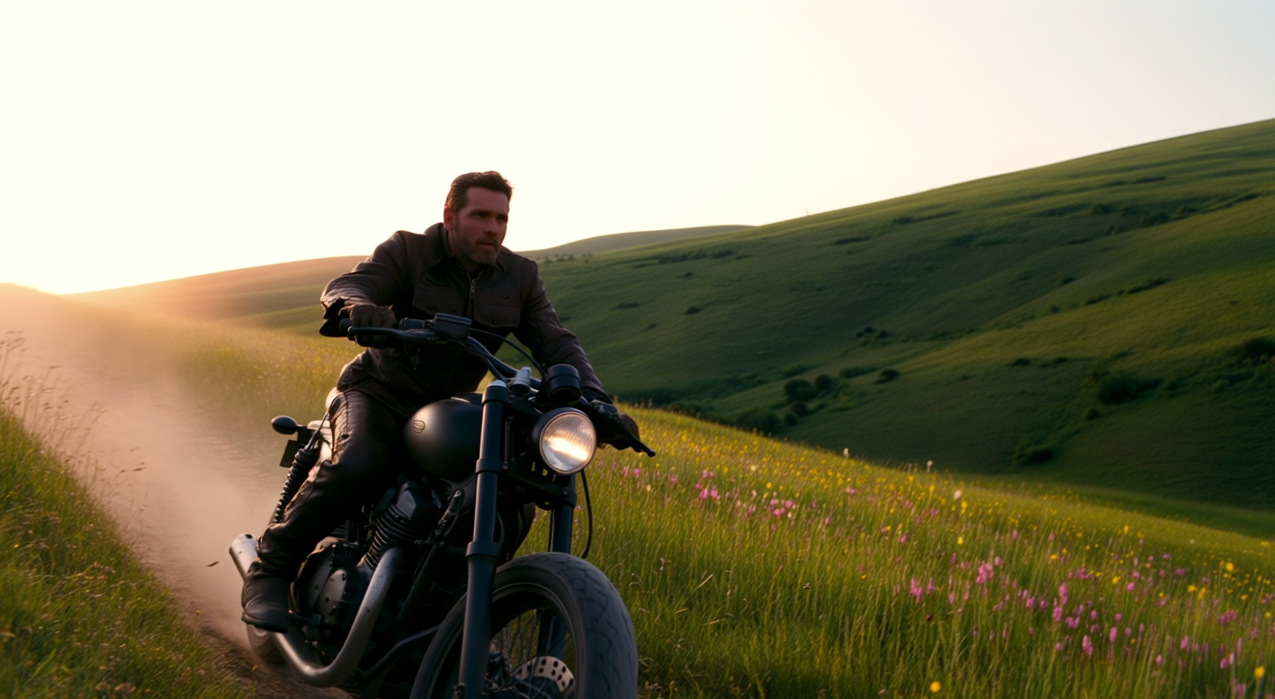Tom's Guide Verdict
Slim and lightweight, the Sony A7C II puts the ‘compact’ back into ‘compact system cameras’. All too many recent mirrorless models are clunky, heavyweight affairs but the second generation of this popular camera is delightfully diminutive. And that’s despite featuring a full-frame image sensor, dual processors and high-end capabilities for shooting both stills and video. It’s pretty much perfect for content creators who like to travel light.
Pros
- +
Compact and lightweight
- +
Equally adept at stills and video
- +
Intelligent hybrid autofocus
- +
Impressive 7-stop stabilization
- +
Good vari-angle screen and menu
Cons
- -
Only one memory card slot
- -
40% pricier than the original A7C
Why you can trust Tom's Guide
Wind the clock back to October 2020 and the original Sony A7C launched as one of the world’s smallest full-frame cameras. It was (and still is) ideally suited to content creators and hybrid shooters, wanting to capture both stills and video. But time moves on and, several years later, some of its specifications are starting to look a little dated. Enter the A7C II, which is pretty much the same size and weight but with some significant updates to bring the Alpha C line up to spec.
So what’s changed? The original camera had a 24MP image sensor which is pretty par for the course, but the A7C II hikes up the resolution to 33MP. And if you feel that’s still not enough, Sony’s also launched the A7CR with a whopping 61MP under the bonnet. For my money, the latter is more of a specialist stills camera, whereas the A7C II that I’m reviewing here is a much better all-rounder, ideally suited to both photographers and videographers, and especially to content creators who like to do both. Indeed, improvements in video performance are among the key upgrades in the new camera, making it a strong contender as one of the best mirrorless cameras for hybrid shooters. Read on to find out why.
Sony A7C II review: Specs
| Sensor | 33MP full frame Exmor R CMOS BSI |
| Image processor | BIONZ XR and AI co-processor |
| Stabilization | 5-axis IBIS, up to 7 stops |
| AF System | Intelligent Hybrid AF |
| Viewfinder | 0.39-inch OLED, 0.7x, 2.36 million dots |
| Display | 3-inch vari-angle touchscreen, 1.03 million dots |
| ISO range | ISO100-51,200 (expandable to 50-102,400) |
| Max video resolution | 4K60p (Super 35 crop) |
| Ports | 1x SD/SDHC/SDXC UHS-II, USB type-C, micro HDMI, mic, headphone, MI hotshoe |
| Wireless connectivity | Wi-Fi, Bluetooth |
| Max shooting speed | 10fps |
| Battery life (CIPA) | 530 shots EVF, 560 shots LCD |
| Measurements | 5 x 2.88 x 2.5 inches |
| Weight | 1.14lb |
Sony A7C II review: Price & availability
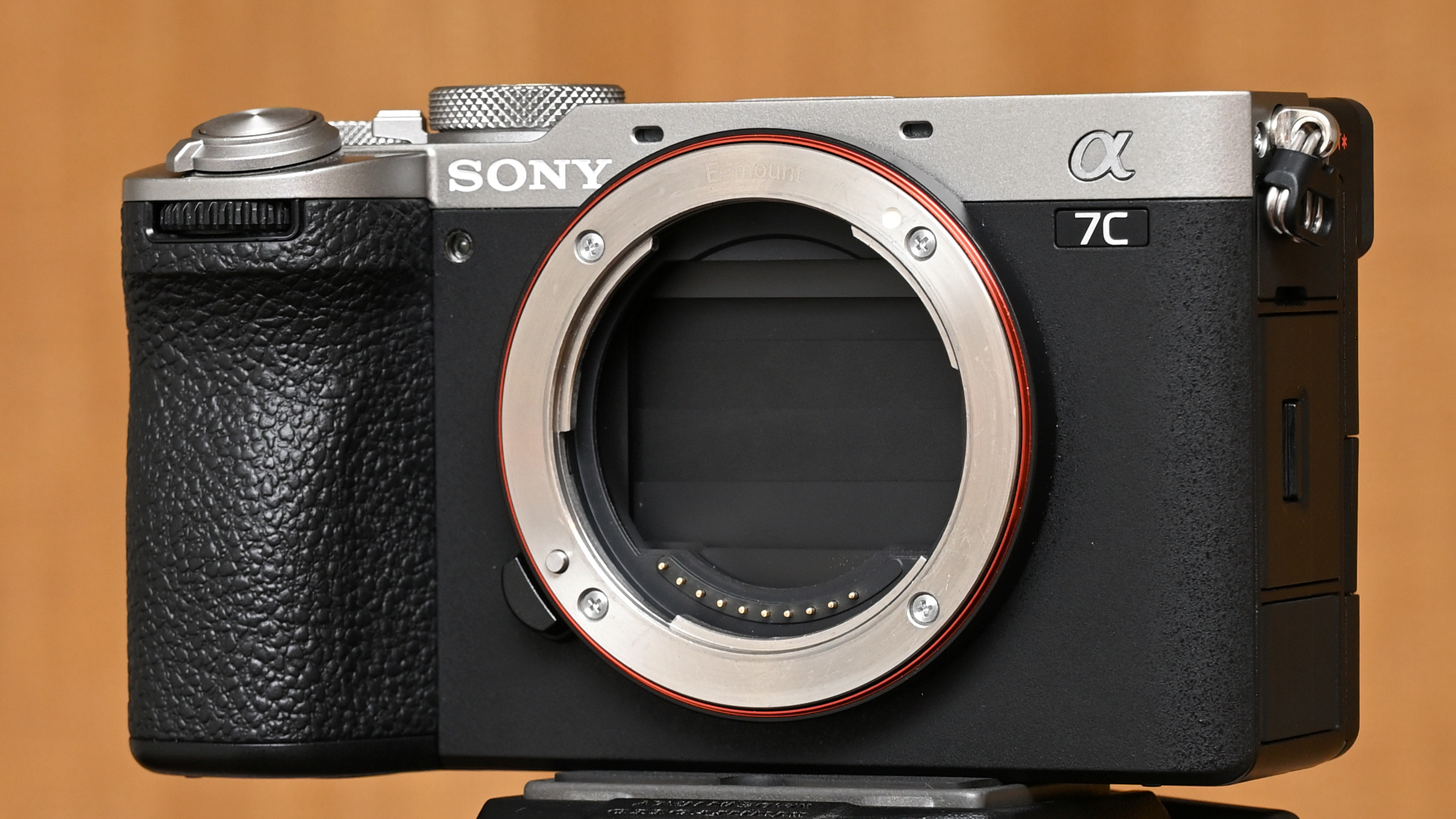
Announced simultaneously in August 2023, the Sony A7C II and A7CR are both very much second-generation cameras, based on the same design criteria as the original A7C. Available from Sony camera retailers around the world, the A7C II costs $2,198/£1,999 (body-only), whereas the more specialist 61MP A7CR costs $2,998/£2,649. The A7C II is naturally much more affordable than its higher-res sibling but it’s still significantly pricier than the original A7C, which has a current market value of $1,598/£1,399. Jumping ship, a direct competitor to the A7C II is the Panasonic Lumix S9, also designed as a compact body to suit hybrid shooters and priced at $1,498/£1,499.
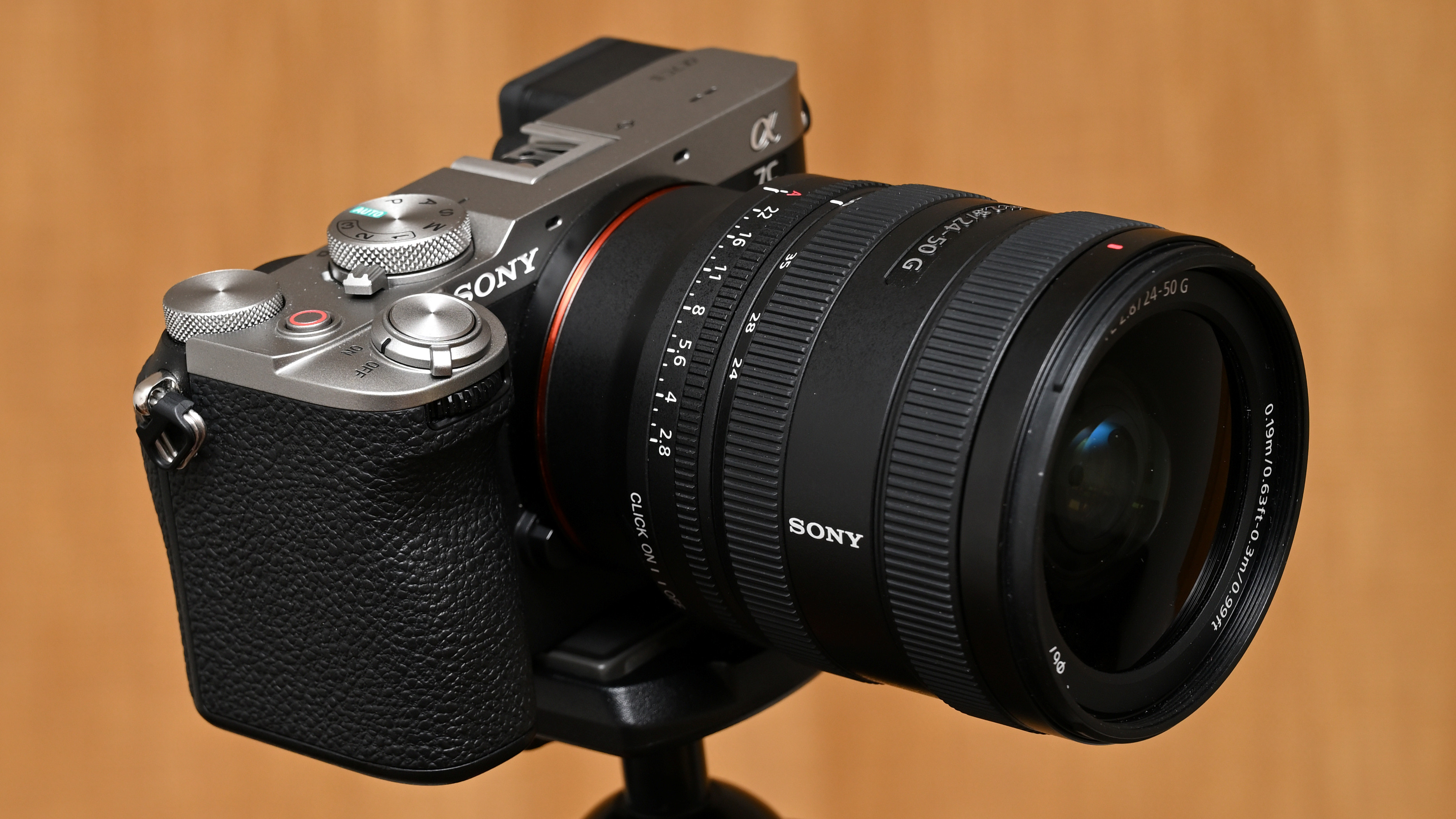
The A7C II is also available as a complete kit, with a Sony FE 28-60mm F4-5.6 zoom lens, for around $2,498/£2,249. Sony stole a big lead over other leading brands in the full-frame mirrorless market. With a relatively long history behind it, there’s a wealth of Sony E-mount lenses to choose from, to suit all needs and budgets, as well as many alternative options from independent manufacturers like Sigma, Tamron and others.
Sony A7C II review: Design

Compactness is a key feature in the design of the A7C II. Measuring 5 x 2.88 x 2.5 inches and weighing in at 1.14lb, complete with battery and memory card, I love that it’s small enough to pop into a small bag and take anywhere and everywhere. Missing an amazing shot or video because I’ve left my big, heavy camera at home isn’t an issue. I also really like that, despite its small build, the A7C II has a decent sized hand grip, for an assured and steady hold. That’s something I really miss with the likes of the Nikon Z f, and which is also missing from the Lumix S9. Going super-skinny, I also tried the camera with a Viltrox AF 28mm f/4.5 FE pancake lens. It’s only about half an inch long and weighs a mere 2 ounces, only protruding as far as the handgrip itself. It makes the camera genuinely small enough to fit in a spare pocket.
Some slimline mirrorless cameras like the Lumix S9 have no viewfinder. It’s maybe not a problem for shooting video but, for stills, I hate relying on the rear screen for composing images, especially if the sun’s glaring off the surface. The A7C II obliges with a rangefinder-style electronic viewfinder, positioned on the top left of the rear panel. Sure, it’s only a fairly small 0.39-inch viewfinder with a modest 2.36 million dots in its OLED display, compared with 3.69 million dots for the Sony A7 IV and Canon EOS R6 Mark II, but it has a larger 0.7x magnification than the 0.59x of the original camera – a step in the right direction.
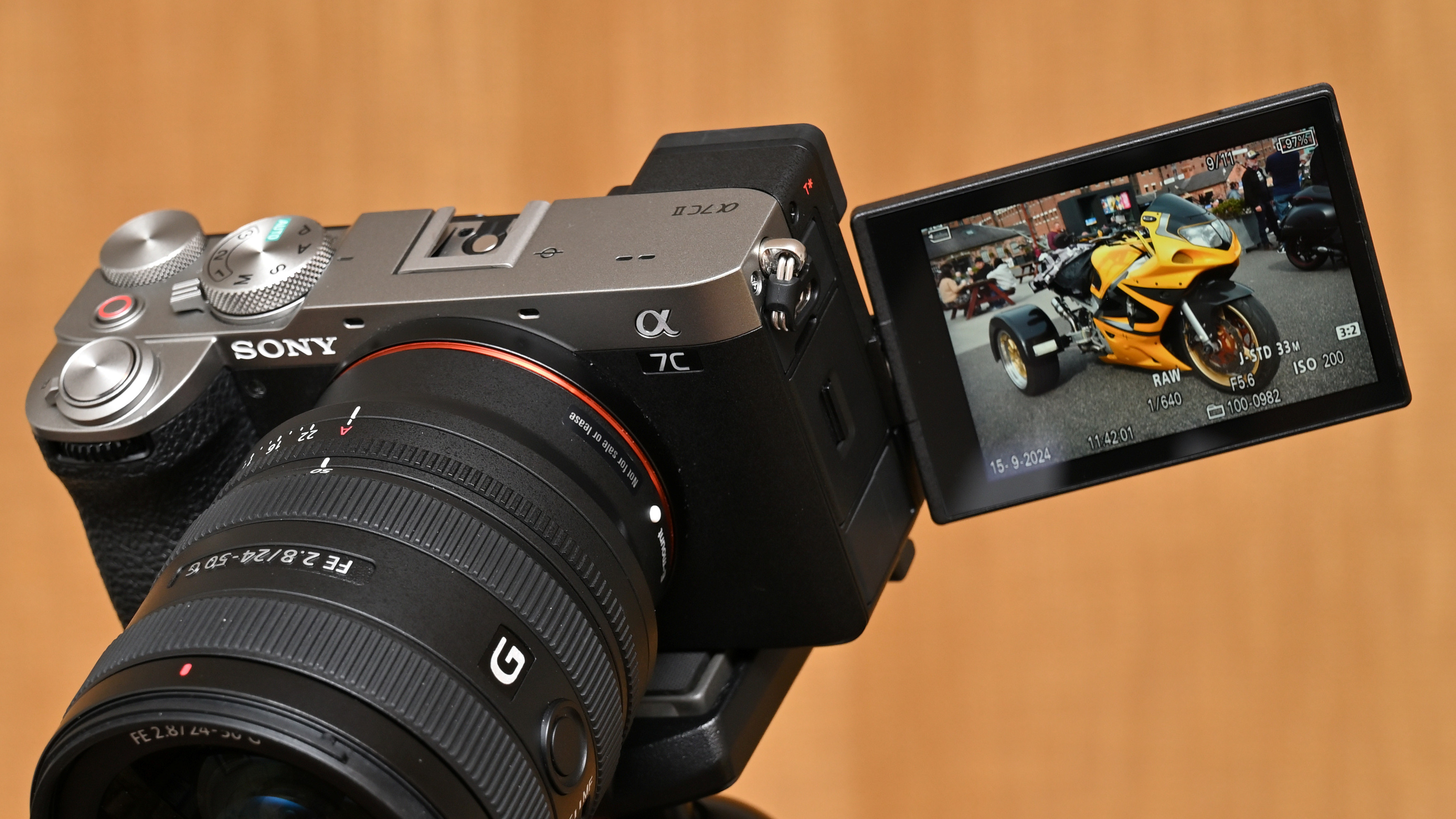
For shooting video, the 3-inch touchscreen comes to the fore. As with the viewfinder, it’s not particularly high-res, with a below-average 1.03 million dots, but the brightness, contrast and color rendition are impressive, delivering very good image quality. As I’d fully expect in a camera aimed at content creators, the screen can fully articulate so it can be flipped around and viewed from the front, essential if you’re shooting at the hip or presenting to camera. It also makes it easy to shoot from creative angles, from high over your head right down to ground level, or even around corners if you feel the need. I like that when I’m powering the camera via its USB-C port rather than from the battery, the cable can hang over the top of the forward-facing screen rather than obscuring the view.
Sony A7C II review: Controls & handling
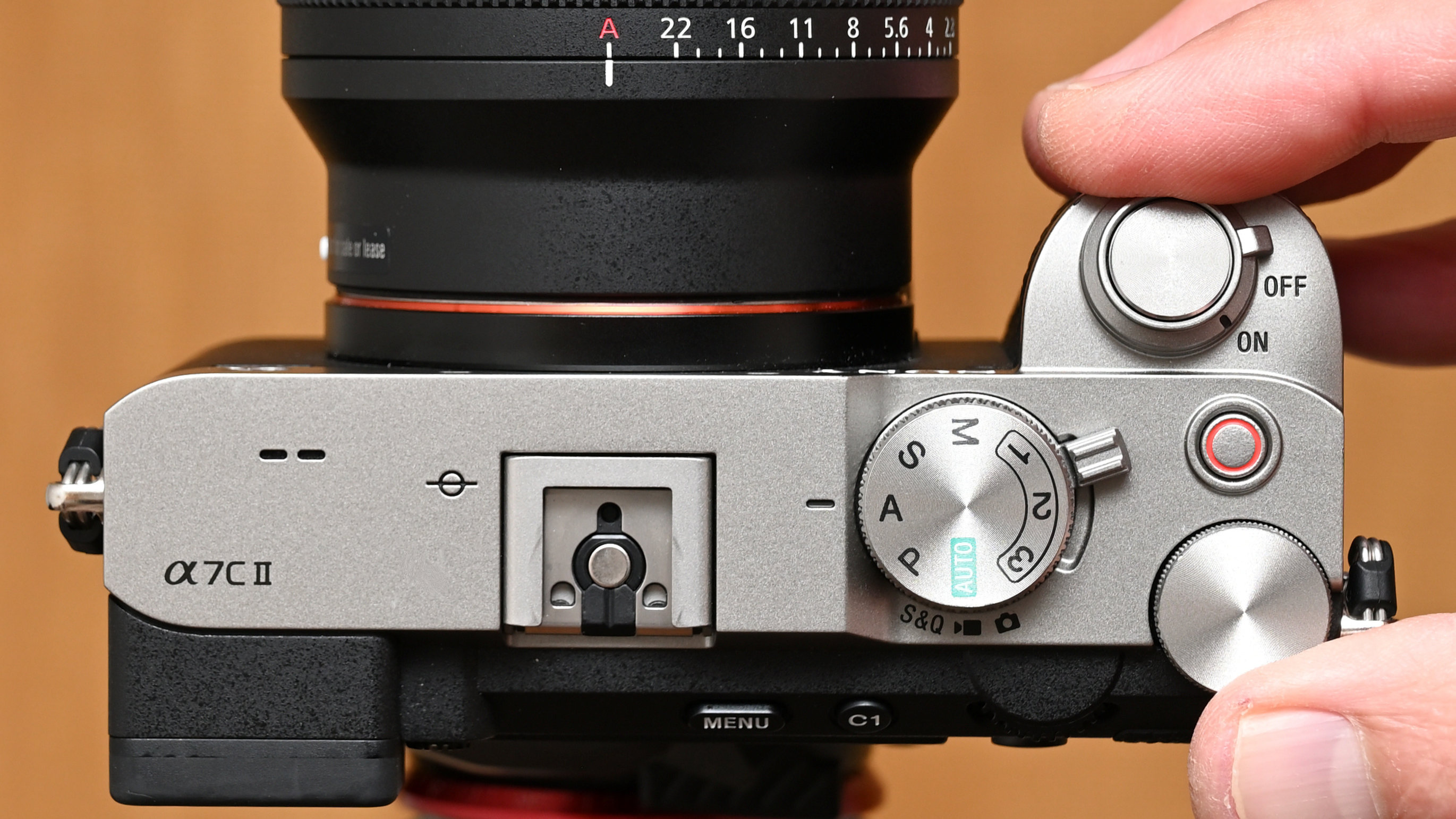
For this sort of money, I expect the A7C II to cater to the needs of enthusiast photographers and videographers who want to do more than just ‘point and shoot’. The controls are sufficiently wide-ranging to enable creative adjustments to shooting parameters, in double-quick time. I’ve found the over-abundance of custom buttons in some Sony cameras counter-intuitive, but there’s a wealth of labeled, direct-action buttons on hand for quick and easy changes to functions like drive mode, ISO, metering mode and the like. I’m particularly fond of the lever on the top panel for swapping between stills, video and S&Q (slow-motion/quick-motion) shooting, and that the video start/stop button is conveniently positioned just behind the shutter release button. Everything simply works really well for both stills and video capture, just like they should in a camera for ‘hybrid’ shooters.
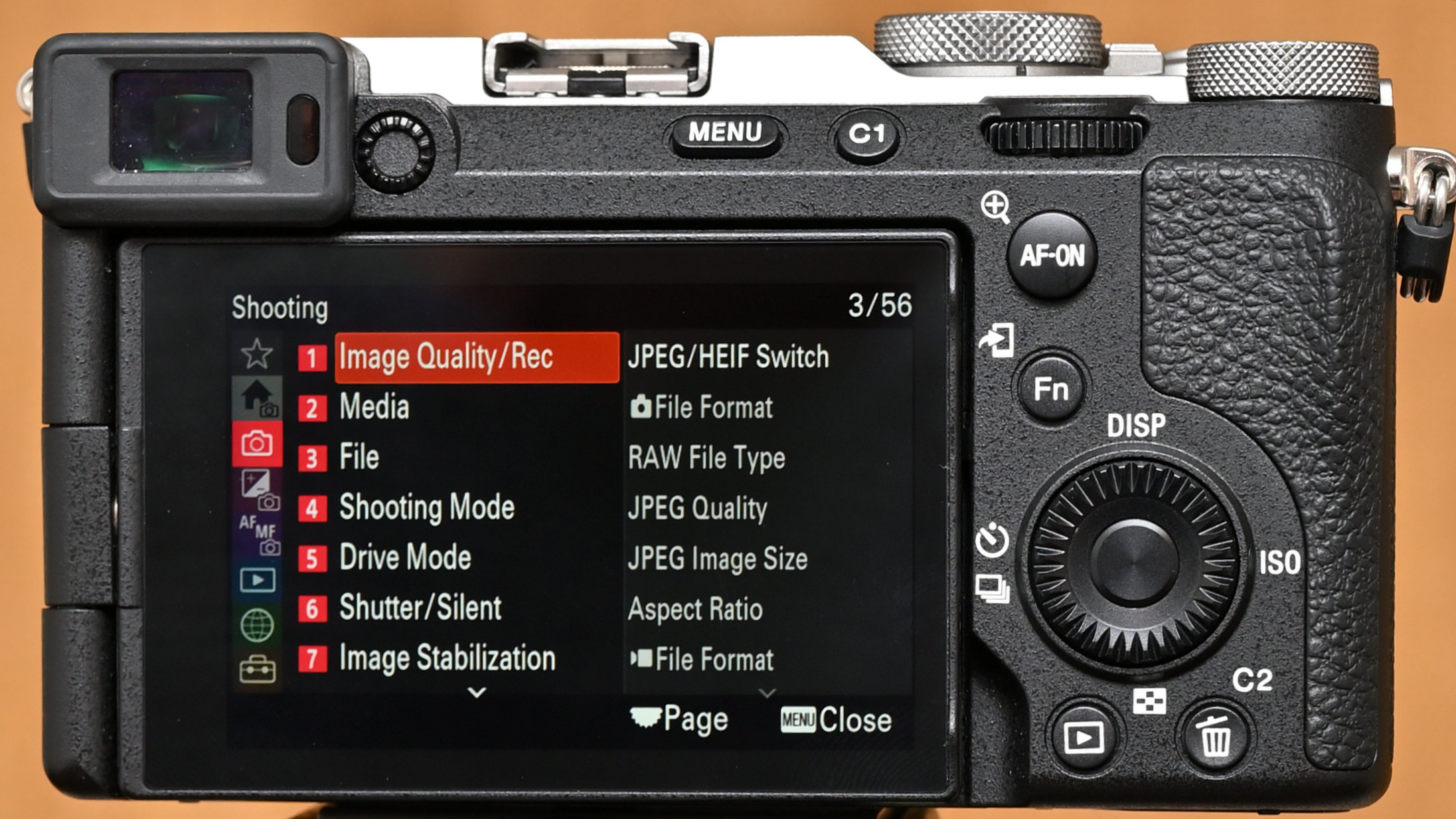
One of my biggest bugbears with older Sony cameras is the menu system (an essential part of any camera’s control interface), which is long-winded, arcane and generally difficult to live with. I massively prefer the more logical and intuitive layout of the menu system in the A7C II, which is a comparative joy to use.
As well as the main menu, the Fn (Function) menu works well and it’s nice to have various options for the viewfinder and LCD display, both in shooting and playback, all available to cycle through by pressing the DISP key.
Sony A7C II review: Connectivity
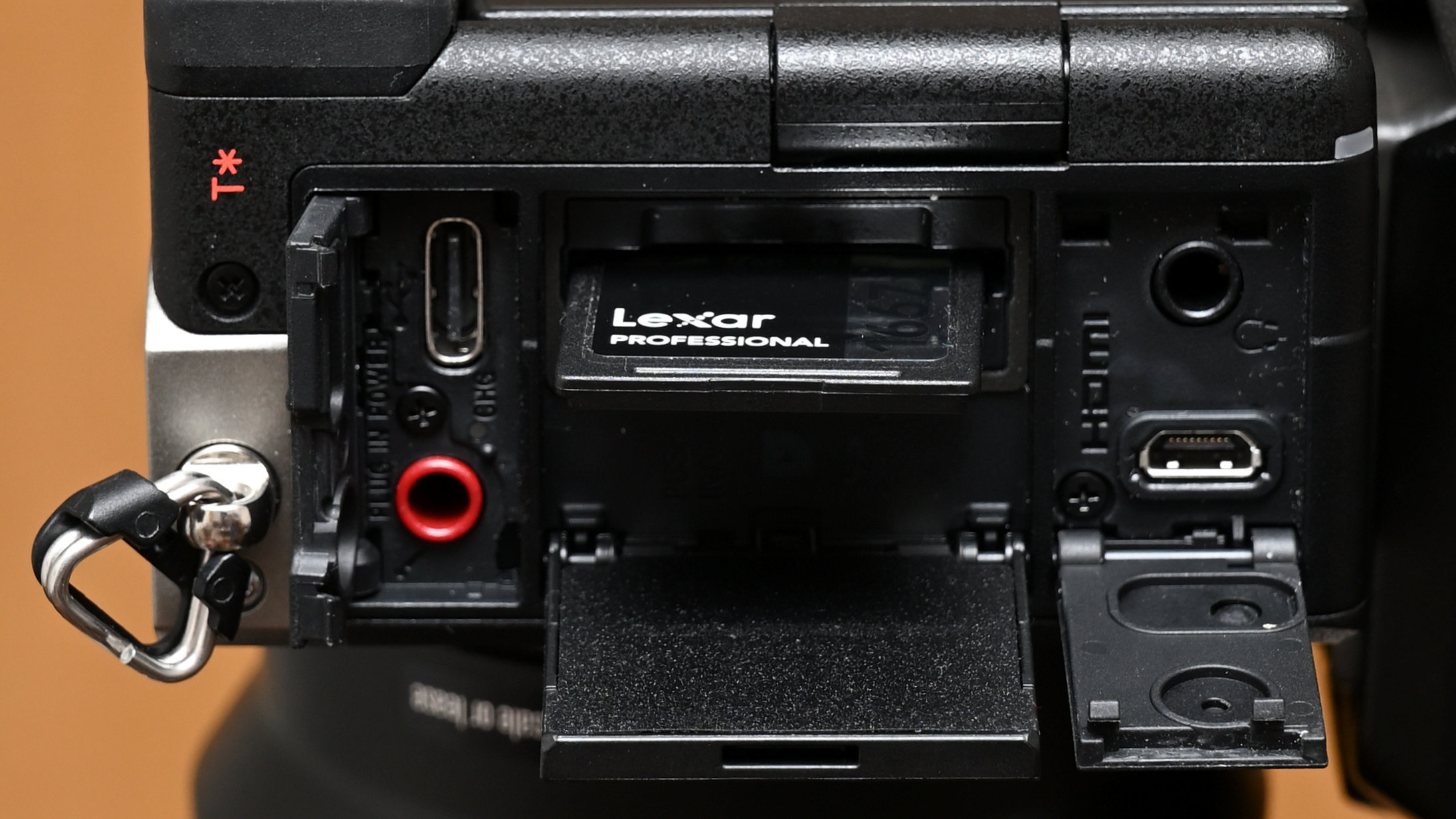
So far, I’ve been very positive about the A7C II but here’s something I don’t like that’s been inherited from the original camera: There’s still only one memory card slot. Sure, the SD/HC/XC UHS-II memory card format used by the camera is generally very reliable, but for important one-off and unrepeatable occasions, I like being able to create instant backups on a second card, while I’m shooting. It’s also nice to be able to save, for example, stills to one card and video to another, or to use the secondary card for overspill if I run out of capacity at a crucial moment.
The placement of the card slot is at least in a good place. It doesn’t share a door with the battery pack at the base of the camera, but has its own weather-resistant flap on the side. Another separate flap just above it reveals the microphone input socket and USB-C port, and a third flap below covers the micro HDMI port and headphone socket. I’d be pretty miffed if a videocentric camera was lacking micro HDMI, mic and headphone sockets, but they’re all present and correct, and easy to get at.

There’s yet more connectivity up top, in the shape of the MI (Multi Interface) hot-shoe. This enables the fitment of Sony-dedicated flashguns and other accessories. For wireless connectivity, the A7C II sports built-in Wi-Fi and Bluetooth – that almost goes without saying these days.
Sony A7C II review: Autofocus
Autofocus technology has moved on significantly since the launch of the original A7C. Even so, the previous model boasted a hybrid phase/contrast system with 693 phase-detection points on the image sensor, plus eye-detection autofocus for both people and animals.
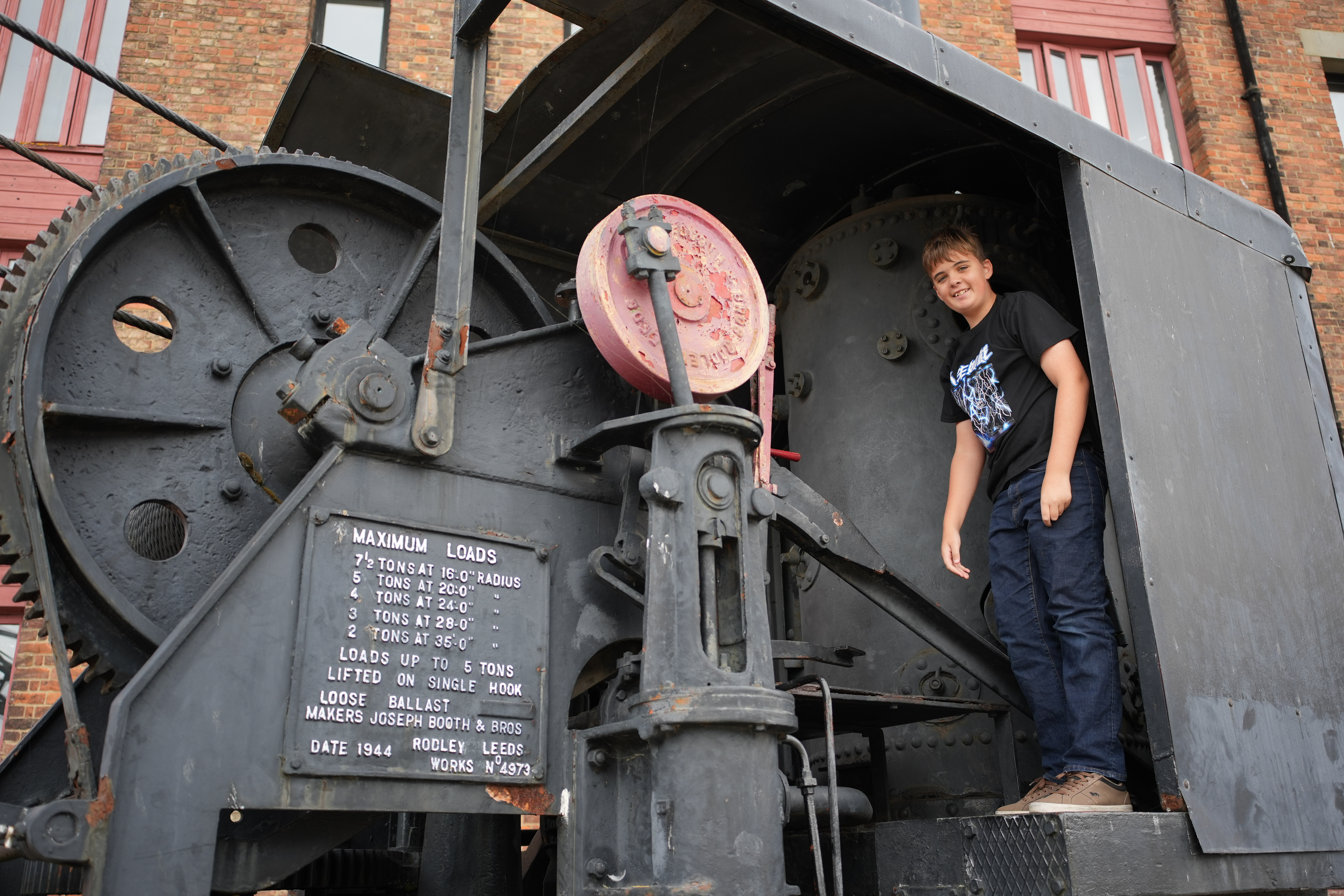
The Mark II has a slender numerical advantage, boosting the phase-detection points to 759, but the biggest news is a new dedicated AI processor, which works in conjunction with the camera’s main image processor. This delivers advanced autofocus subject recognition and tracking for people, homing in on faces and eyes, complete with AI recognition of poses. Alternative subject options include Animal, Bird, Insect, Car/Train and Airplane. Autofocus works down to a light level of -4EV, which equates to a moonlit nighttime landscape scene.
In the first shot above, I used the People option in the Recognition Target menu. I was impressed that the camera immediately latched onto the eyes of my grandson, a relatively tiny part of the overall scene. The camera also nailed autofocus by constantly and accurately tracking him as he moved around the crane’s cabin.
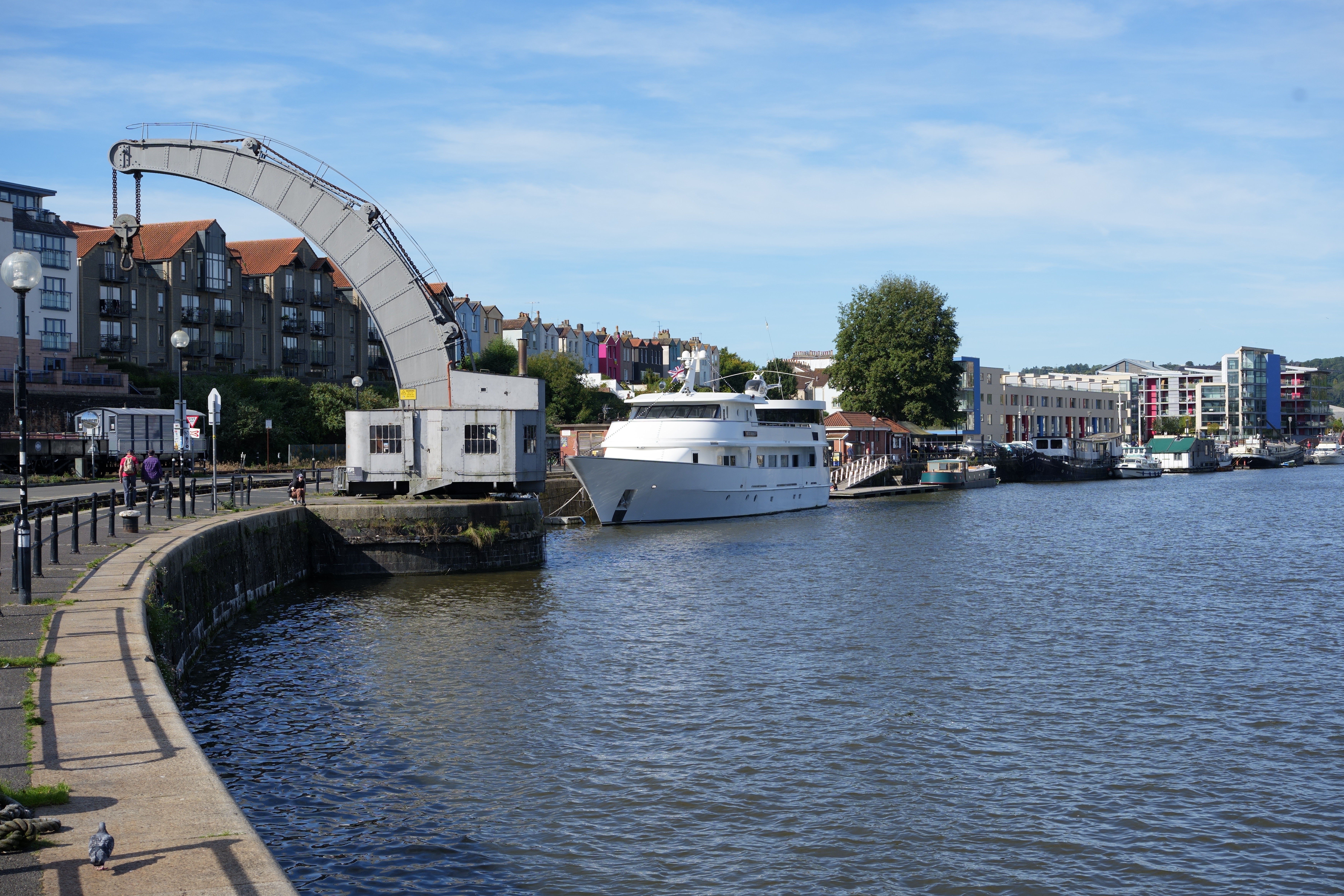
In the second shot directly above, at the Bristol Floating Harbor, the autofocus system surprised me by picking out another steam crane in the scene, when I selected Car/Train subject recognition. I guess it bears a close enough resemblance to some kind of vehicle to qualify. Again, autofocus was extremely quick to ‘recognize’ the subject and to lock onto it.
Sony A7C II review: Image quality
For any camera, image quality is the bottom line. I found that the combination of the A7C II’s 33MP full frame Exmor R CMOS BSI (Back Side Illuminated) image sensor and BIONZ XR processor and AI co-processor really delivered, with excellent picture quality and consistently accurate autofocus tracking, giving me an excellent hit rate. The following image shows the excellent level of fine detail enabled by the 33MP sensor, edging ahead of results I get from the 24MP full frame cameras.

The Auto white balance setting gives accurate results in wide-ranging lighting conditions and the Standard ‘Creative look’ option delivers very natural looking color rendition, as shown in the first gallery image below.
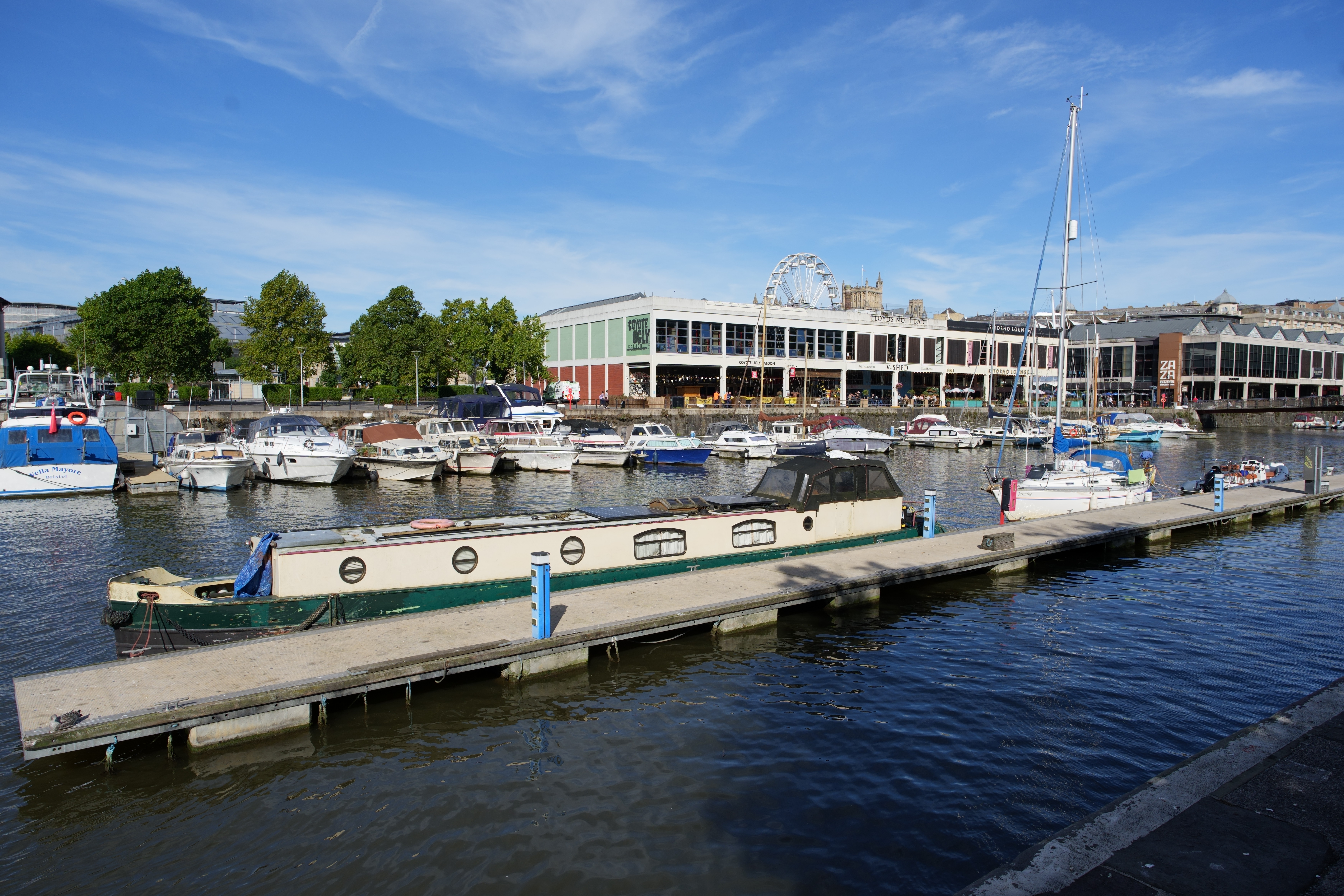
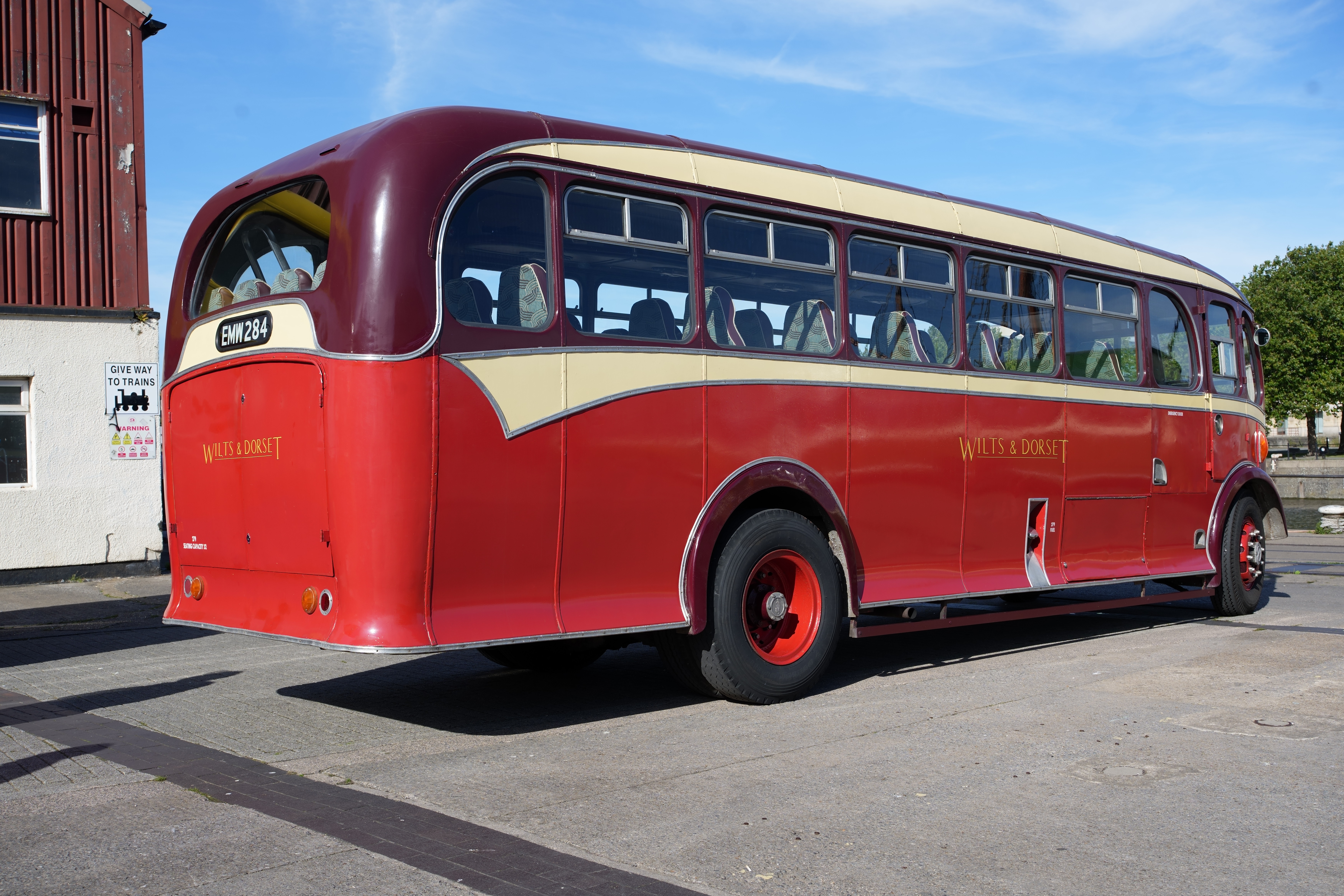


To make colors really sing, I often prefer to use Sony cameras in their Vivid profile, which gives greater vibrance and saturation. The A7C II actually has two Vivid options, the first of which I used in the second gallery shot above of a vintage bus. There’s actually a wealth of different Creative looks that you can choose from in the Fn menu, previewing the effects in the viewfinder or on the rear screen as you shoot. Naturally, you can also shoot in RAW mode and switch between all of the different options at the processing stage after taking shots, using Sony’s free-of-charge IEDT (Image Edit) program. In the third gallery shot above, I used the Sepia option to give a retro look to the image.
Black & White is another perennially popular option and, to give a more antique look, I chose the BW Creative look for the fourth gallery image above of the SS Great Britain dry dock and museum.
Dynamic range is impressive throughout the ISO range. Sony’s D-Range Optimizer works well to reign in highlights and boost shadow detail, and is available on the menu in Auto or five manually set levels. For the following extremely high-contrast shot of a ship, I set DRO to its Auto option and was pleased with the results.

14-bit RAW mode gives much greater latitude for dynamic range than 8-bit JPEG quality options, and the A7C II also features the relatively recent 10-bit HEIF image format as an interim measure. Shot in RAW mode, the face of John Cabot in the statue below is in very dark shadow. I boosted the brightness by 4EV (four full stops) in IEDT, then converted it to a JPEG. This reveals plenty of detail in the face and other shadowy areas, without completely blowing many of the bright highlights in the scene, as you’ll see in the two following versions of the image.
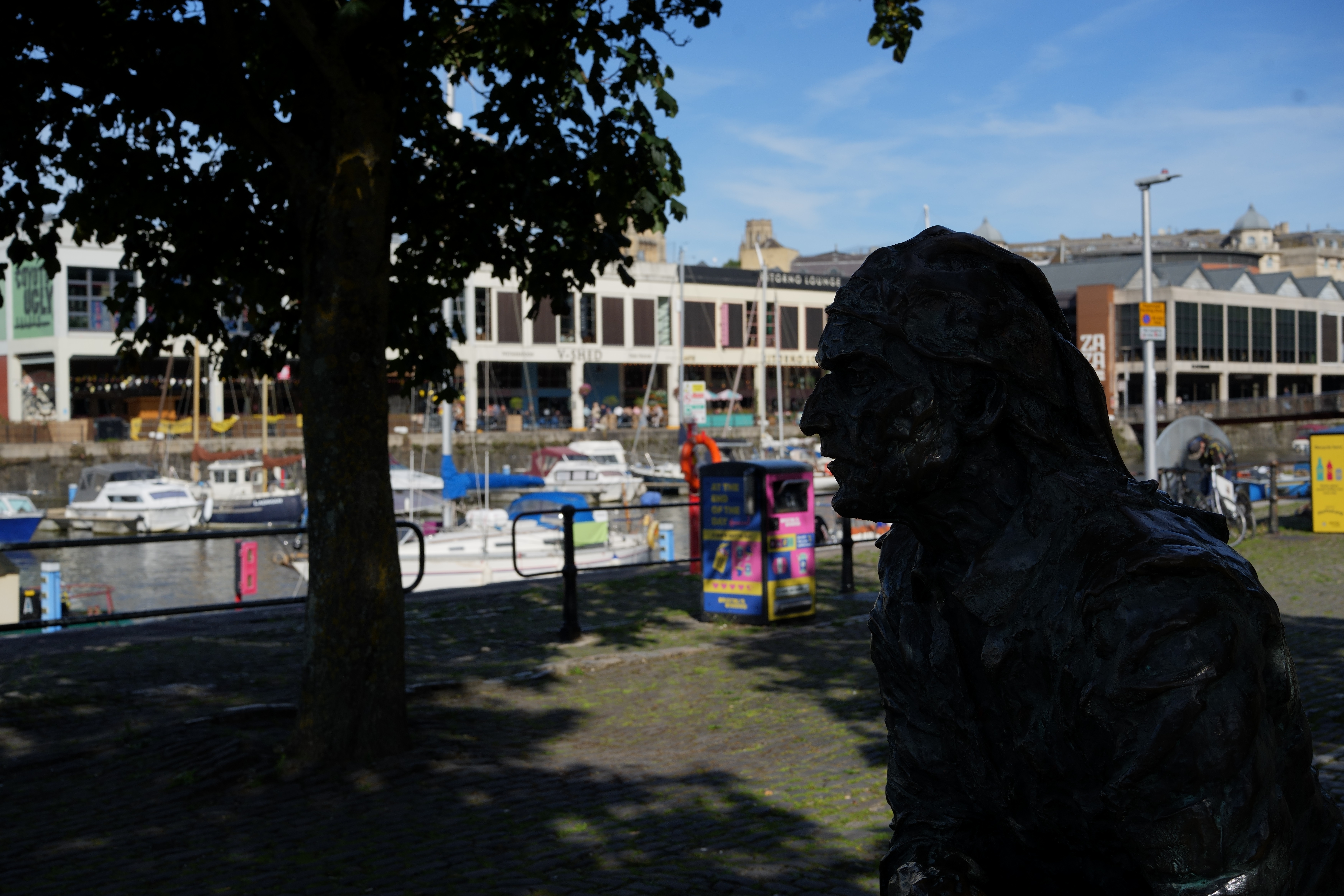
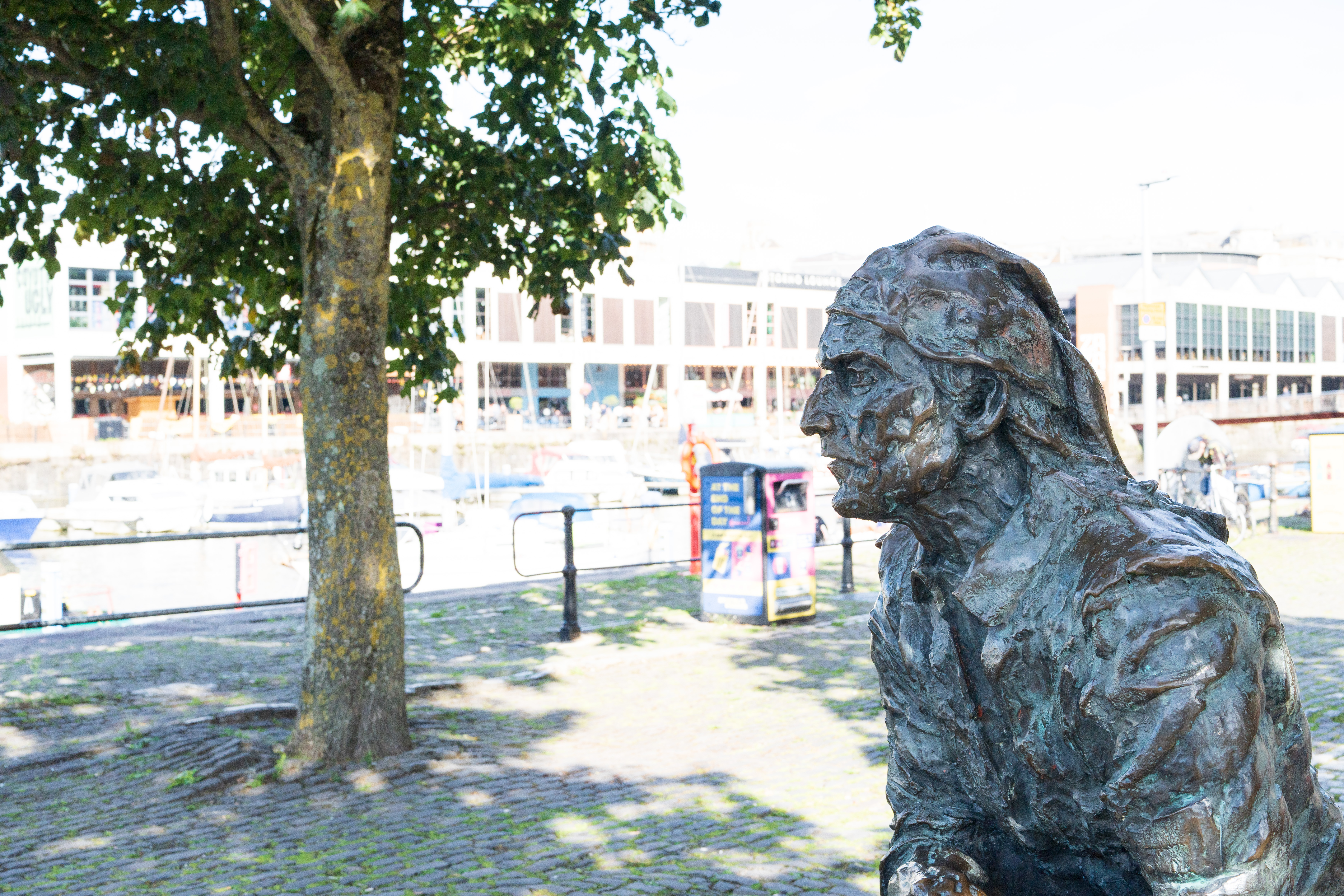
The trade-off of greater megapixel counts is that high-ISO image noise is generally worse. That’s due to the relatively small size of each photosite, equating to each individual pixel in the image, and therefore less light-gathering potential. For a 33MP camera, the A7C II performs well in this respect, with in-camera High ISO NR (Noise Reduction) doing well to minimize the appearance of noise while preserving a decent level of fine detail.
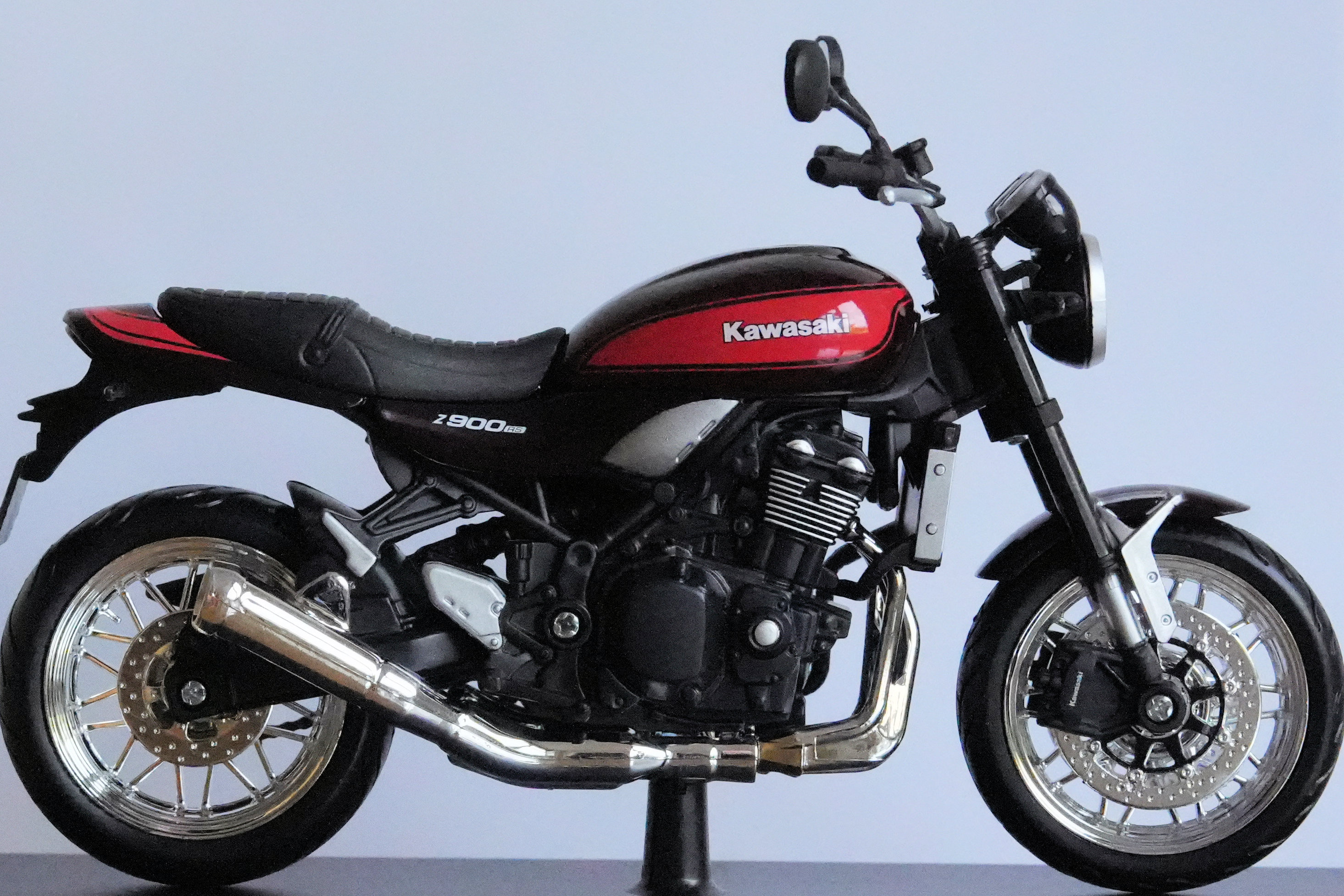
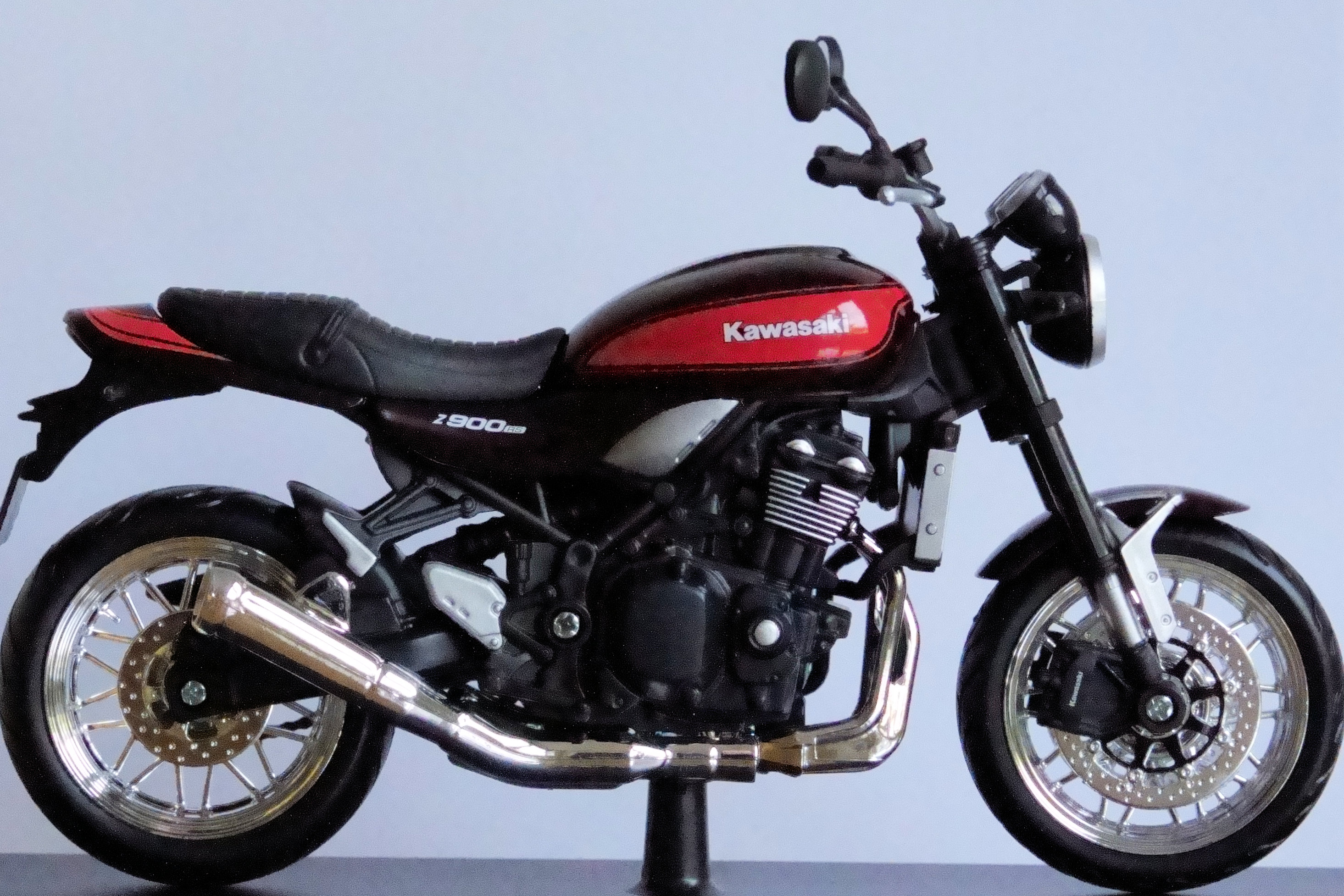

Shooting a model motorbike under very dull lighting (shown above) I found I could push the camera’s sensitivity to ISO 25,600 when shooting JPEGs and still get an acceptably low level of noise, although the retention of fine detail started to drop off. More fine detail but with more noise are visible when processing RAW files in Sony’s IEDT software and, as I’ve come to expect, noise is rather more noticeable when using Adobe Camera RAW, at both the default and new ‘AI’ noise reduction settings.
Sony A7C II review: Stabilization
Image stabilization is another area in which the A7C II steals a lead over its forebear. Both cameras have 5-axis in-body image stabilization (also known as sensor-shift image stabilization), which works with any attached lens. That said, if you’re using a ‘dumb lens’ with no electronic communication to the camera, you’ll need to dial in the focal length of the lens manually. Either way, the effectiveness of stabilization is rated at 7 stops in the A7C II, compared with 5 stops in the previous camera.

The rule of thumb is that, without stabilization, you need a shutter speed that’s a reciprocal of the focal length, to avoid camera-shake in handheld shooting. For example, shooting with a 30mm lens on a full-frame camera, you’d need a minimum shutter speed of 1/30th of a second. 7 stops down from this takes you into long-exposure territory, with a shutter speed of 4 seconds. I’d reach for a tripod at this stage but if you’re shooting in a museum or similar venue, tripods are often prohibited. Shooting the museum composition below, I found that I got a high hit rate of sharp shots at a shutter speed of 1 second, around 50 per cent at 2 seconds, but comparatively little success at 4 seconds. The following shot was taken with a 1 second shutter speed.
Sony A7C II review: Video performance
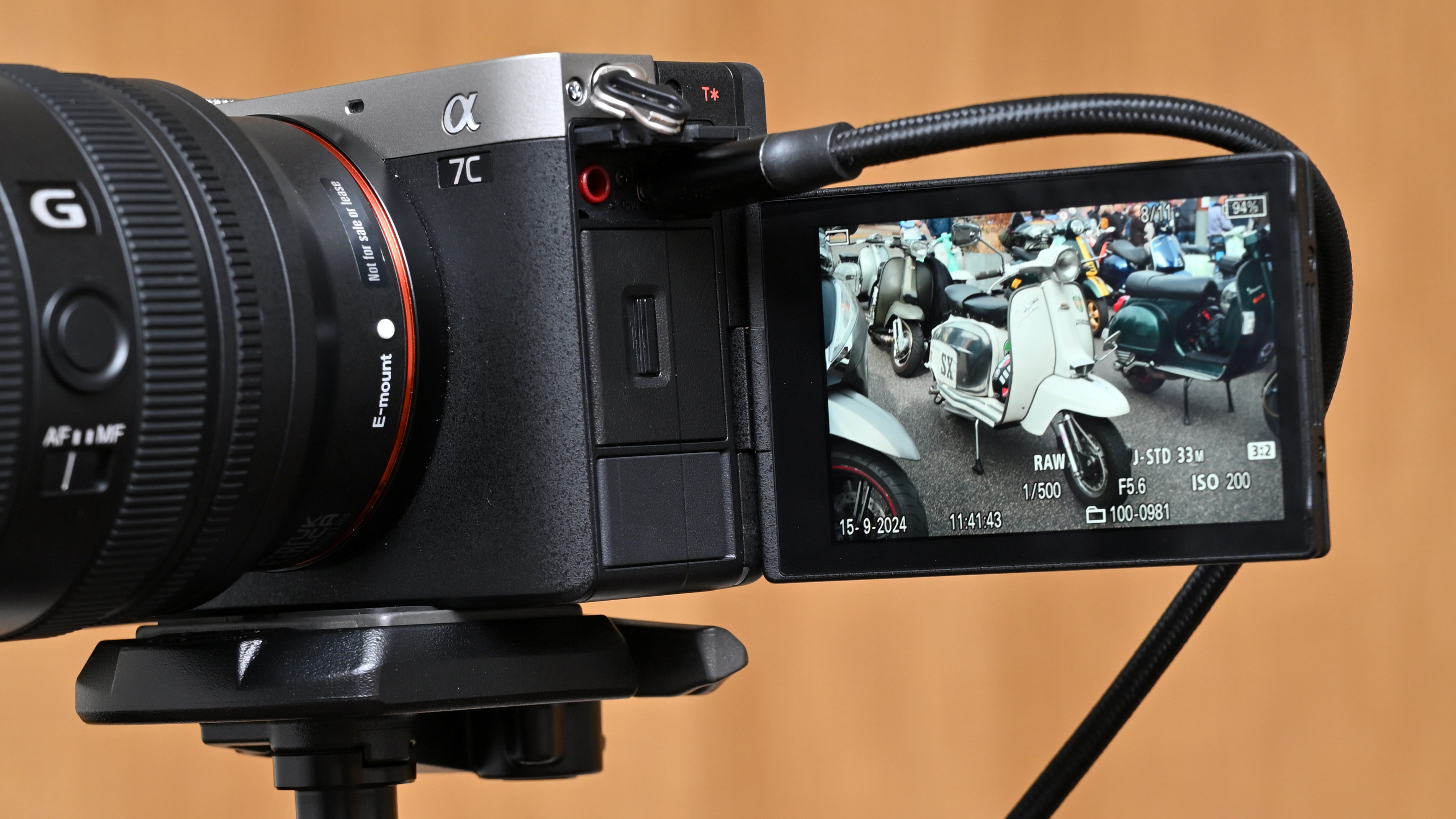
Video features and performance are important factors for the A7C II, with it being aimed at content creators. Sure enough, autofocus works very well in video with the same subject detection and tracking options as when shooting stills. The provision of micro HDMI, external mic and headphone sockets are also welcome for serious videography, while the fully articulated screen is ideal for vlogging. A wide range of preset and user defined picture profiles are available, which is further good news. Advancements over the original A7C include 4:2:2 10-bit color, Long GOP or All-I compression formats, the S-Cinetone picture profile, S-Log3 gamma correction and custom LUTs, while AI-based Auto Framing is also added.
Maximum frame rates for video are 4K30p, rising to 4K60p in Super 35 format and FHD120p. 4K30p footage utilizes the full width of the image sensor and is oversampled from 7K. The video clip above of Bristol Floating Harbor was shot at 4K25p, handheld using Active SteadyShot stabilization which results in a slight crop. The 25fps frame rate typically makes the background look a bit jerky when panning.
The video clip immediately above was shot at Gloucester Docks at FHD50p, so panning looks a lot smoother and less jerky. Again, the clip was shot handheld using Active SteadyShot stabilization.
Sony A7C II review: Battery life
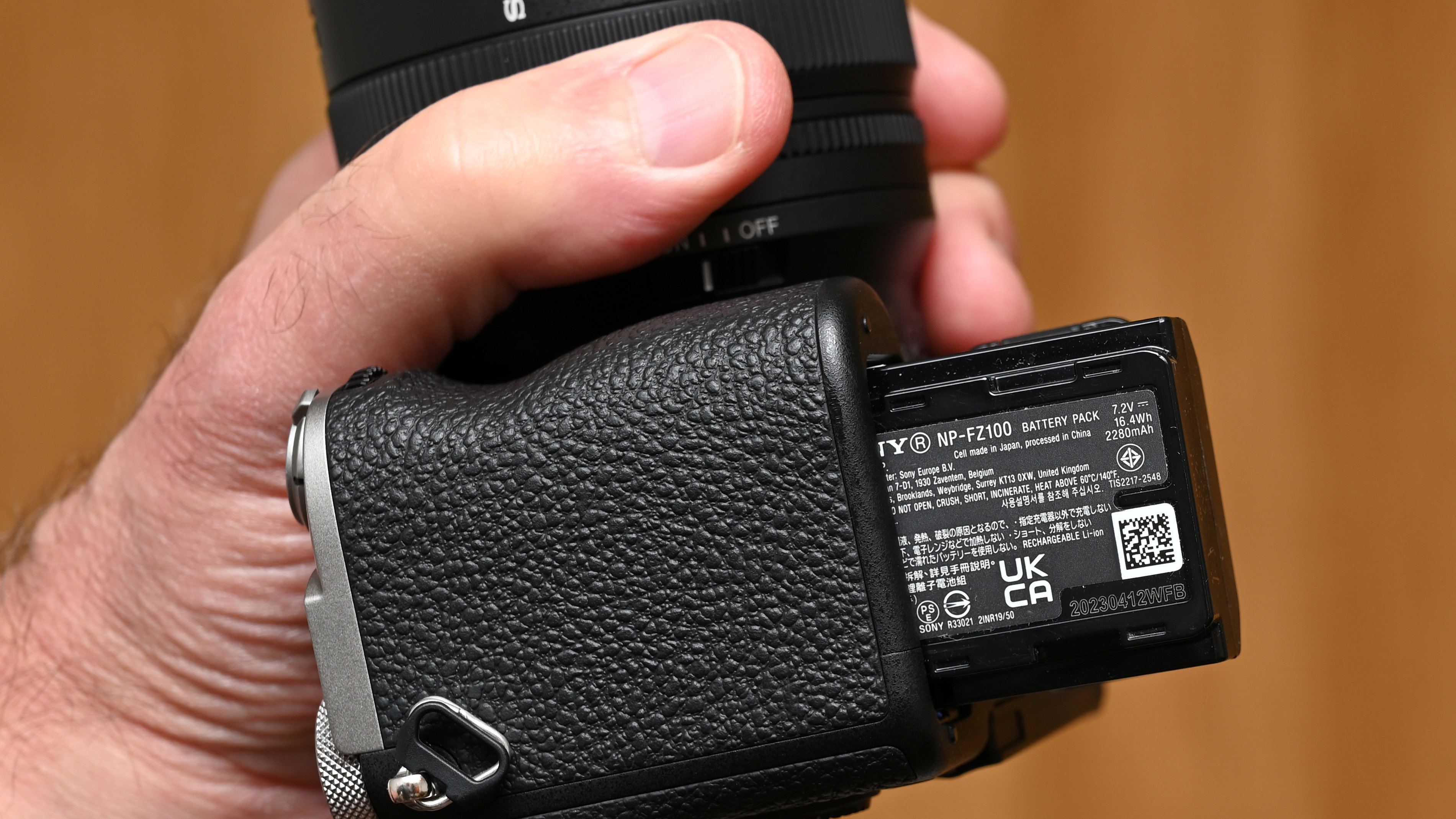
With its greater number of megapixels and secondary AI processor, I’m not surprised that battery life in the A7C II drops to 530/560 shots based on using the viewfinder and LCD screen respectively, compared with 680/740 shots for the original A7C. Both cameras are powered by Sony’s NP-FZ100 Li-ion battery. Even so, stamina is very good compared with many mirrorless cameras. For continuous movie capture, you can expect 165 minutes from a fully charged battery, using either the viewfinder or rear screen, according to Sony.
The camera is supplied with no external battery charger. Instead, you charge the battery in-camera, via the USB-C port, or purchase an external battery charger separately. The camera can also run directly on power to the USB-C port, enabling the use of USB power banks or mains chargers when you want to preserve (or are out of) battery life.
Sony A7C II review: Verdict
The A7C II is significantly more expensive than the original edition so the big question is, ‘is it worth the extra?’ For me the answer is yes, absolutely. The Mark II has a greater megapixel count that, at 33MP, is an excellent compromise between run-of-the-mill 24MP and Sony’s overachieving 61MP cameras. It equates to the retention of really fine detail and texture in images, helped in practical terms by excellent autofocus and stabilization systems. Performance is similarly impressive when it comes to dynamic range and high-ISO noise reduction.
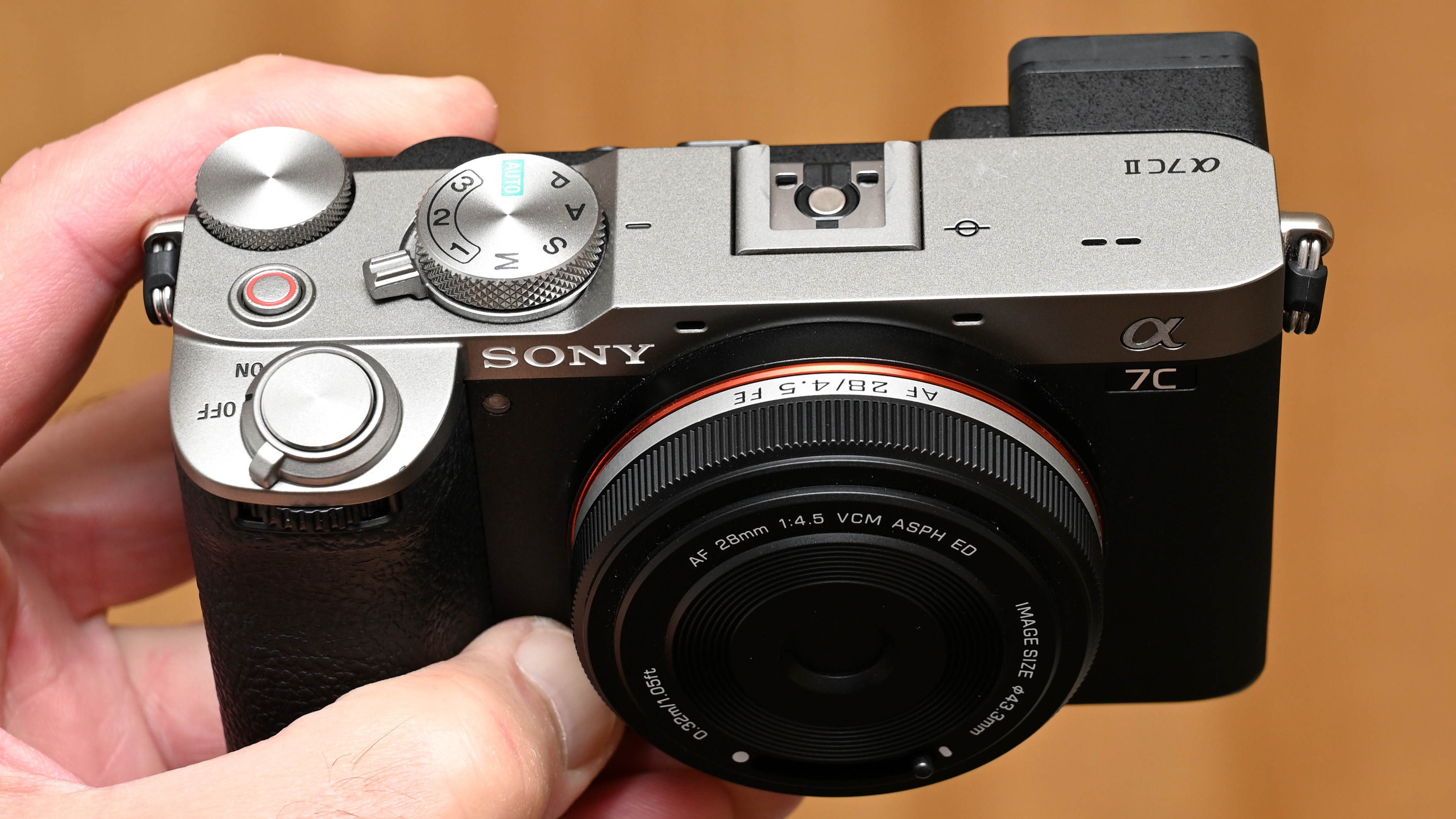
The A7C II is no slouch, with shutter speeds of up to 1/4000th of a second, rising to 1/8000th if you switch to the electronic rather than mechanical shutter option. That’s backed up by a 10fps maximum burst rate for stills, with sufficient buffer depth for 1000+ JPEGs or 44 RAW files. The camera certainly isn’t a speed demon but is easily quick enough for my needs.
As a camera aimed at hybrid photographers, video performance is every bit as important as for stills. Here again, the A7C II impresses with plentiful video features that deliver excellent results. And you get all of this from a full-frame camera that’s incredibly compact and lightweight, so what’s not to like? Well, the viewfinder feels a little on the small side and its placement at the top left of the rear panel won’t be to everyone’s liking. The resolution of both the viewfinder and rear screen are pretty modest, and I feel shortchanged only having a single memory card slot. All in all though, the camera does more than enough to make it worth the price and is a worthy upgrade to the original model.

Matthew Richards’ passion for photography began as a child, learning from his father who was an acclaimed architectural, commercial, industrial and portrait photographer. Matthew qualified as an electronics engineer and began his career working for the BBC in the 1980s, testing, installing and repairing broadcast studio equipment. In the early 1990’s he switched to journalism and was employed as a feature writer, reviews writer and editor-in-chief at Future Publishing in the UK, working mainly on computing and technology magazines.
In 2001, Matthew Richards went freelance, pursuing his passion for photography and working on assignments in locations across the UK, as well as in the USA, Mauritius, Malaysia and China. Technical journalism still plays a major part in Matthew’s freelance career and he has been commissioned to write countless reviews and group tests of cameras, lenses and other photographic accessories over the last 20 years, for leading photography magazines including Digital Camera, Digital Photographer, N-Photo and PhotoPlus, as well as for a number of photographic websites.



